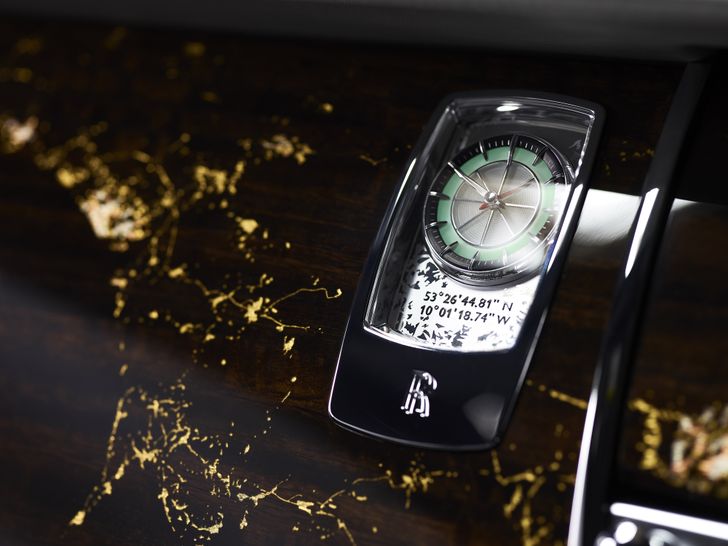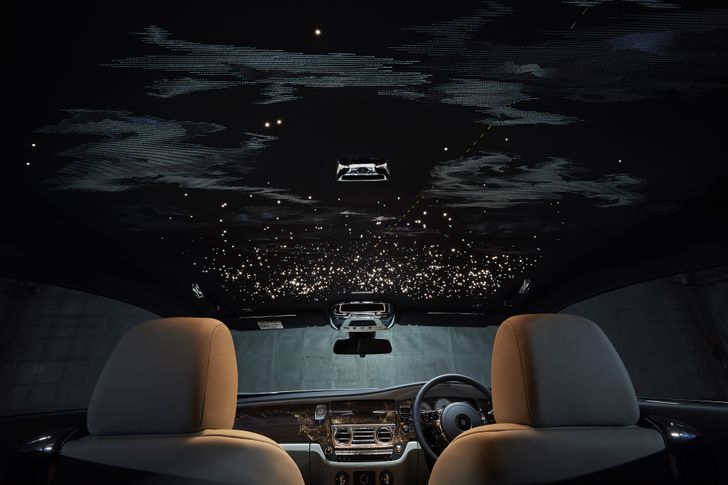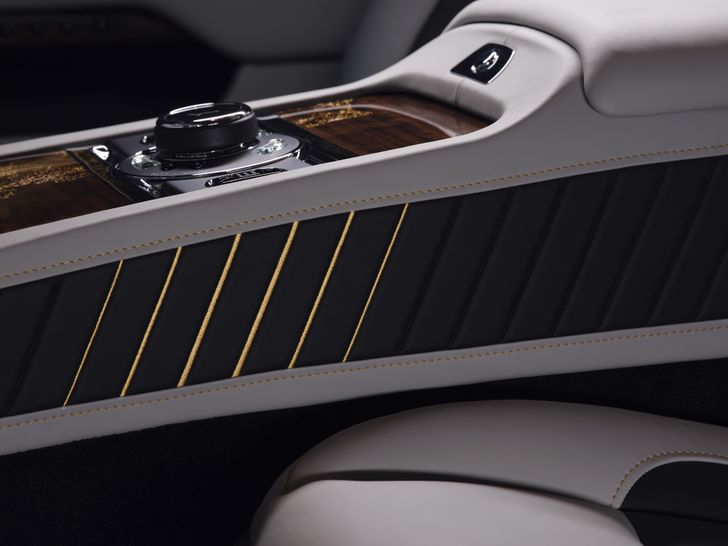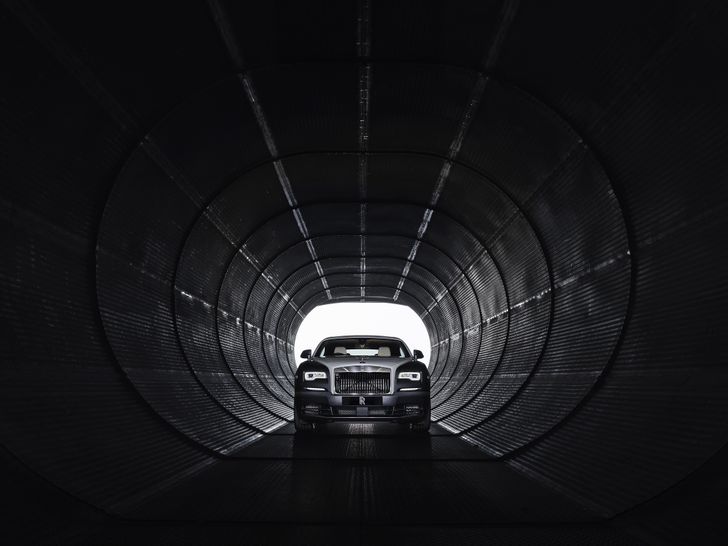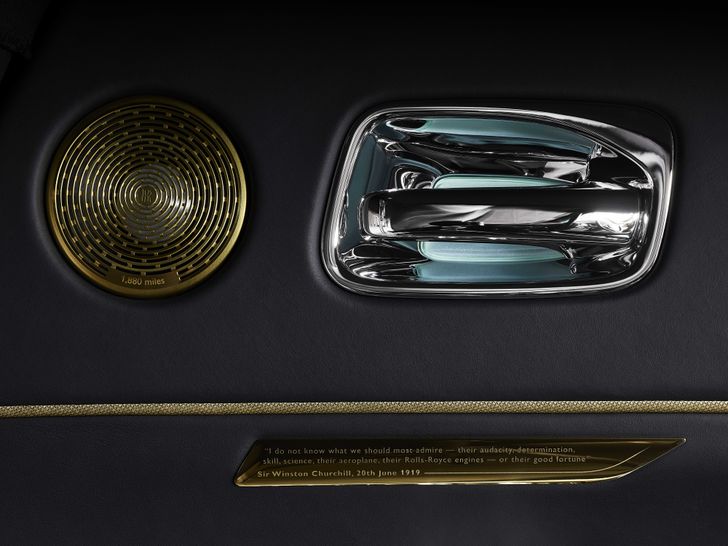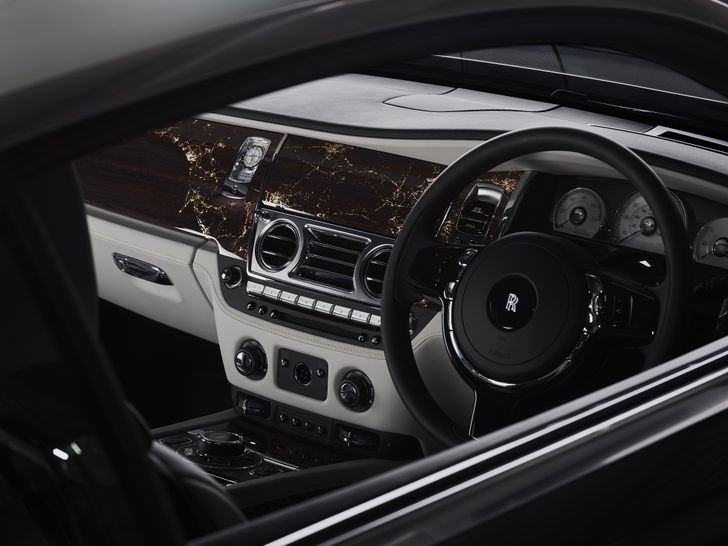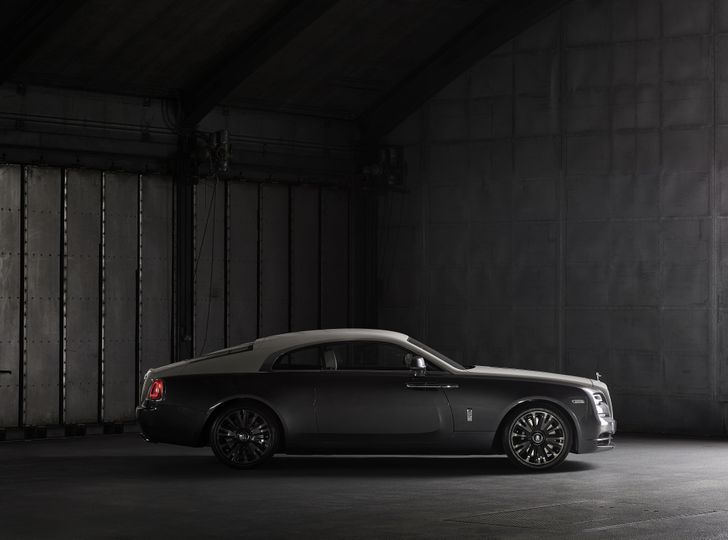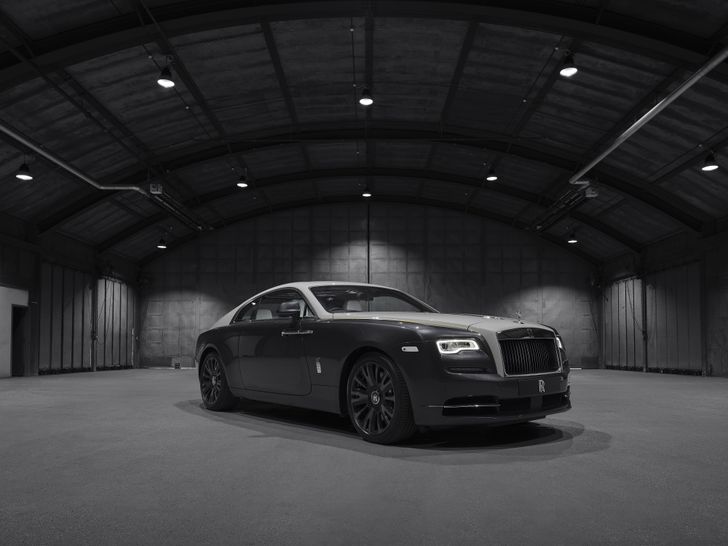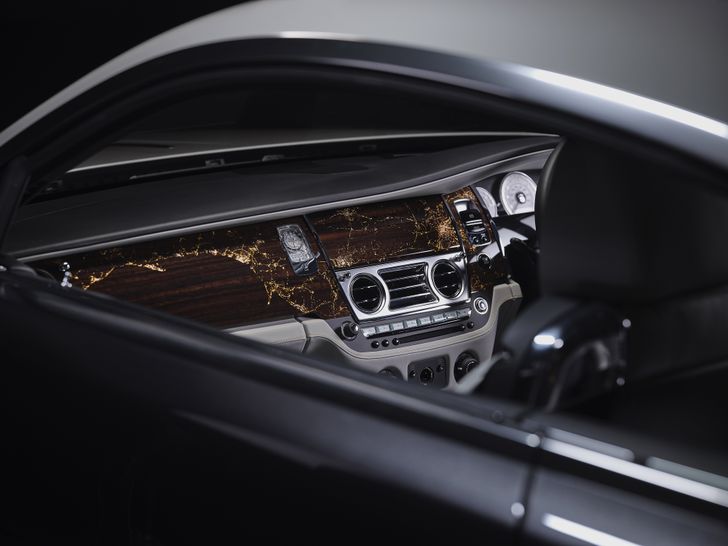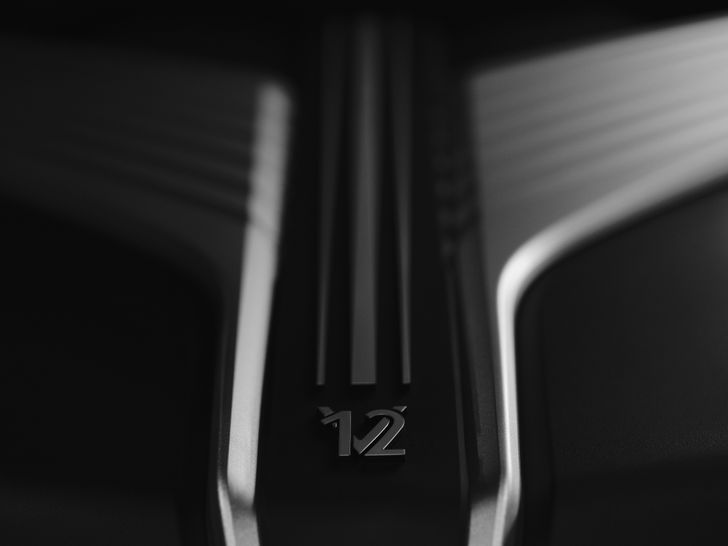/https%3A%2F%2Fcdn.pijper.io%2Fsource%2Fautobahn%2F4b5756ec46_P90351138-highRes.jpg)
We schrijven juni 1919: Groot-Brittanië is nog een wereldmacht met grootse ambities. Het motto is nog voornamelijk 'Brittania rule the waves', maar voor kapitein John Alcock en luitenant Arthur Brown is dit niet genoeg. Met de opkomst van de luchtvaart moet het credo 'Brittania rule the skies' ook in steen gehouwen worden. Ze maken de eerste transatlantische vlucht ooit, van St. John’s, Newfoundland (in het uiterste puntje van Canada) naar Clifden (in het uiterste westelijke puntje van Ierland), destijds nog onderdeel van het Britse imperium.
Hiervoor gebruiken ze een gemodificeerde Vickers Vimy, een bommenwerper uit WO I, door de Britten nog steeds The Great War genoemd. Door een combinatie van planning, geluk, en twee 20.3 liter, 350 pk sterke, Rolls-Royce Eagle VIII-motoren zijn ze de eersten die het lukt. Winston Churchill was lyrisch: “I do not know what we should most admire - their audacity, determination, skill, science, their aeroplane, their Rolls-Royce engines - or their good fortune”.
Rolls-Royce viert de tour de force met een tot 50 exemplaren gelimiteerde Wraith (geliefd bij oud en nieuw geld), die het vooral bij luchtvaartliefhebbers goed zal doen. "Inspired by the night time flight of our intrepid heroes, the fascia represents a modern-day abstract interpretation of the view the pair would have enjoyed as finally, their craft cleared the thick fog and cloud. In a fusion of contemporary and traditional practises, Smoked Eucalyptus wood is vacuum metalized in gold before being inlaid with silver and copper, to depict the rich detail seen in night time images of the Earth from above. The scene extends to the centre console providing both an emotive and immersive experience for today’s occupants – the cockpit is in perspective with the headliner. Below, the brass-stitched quilted sides of the centre tunnel provide a direct nod to the V12 engined Vickers Vimy."
Dit is al origineel, maar Rolls-Royce doet er nog een schepje bovenop met de hemelbekleding: "The most alluring feature of the Collection is the extraordinary unique starlight headliner. 1,183 starlight fibres show the celestial arrangement at the time of the flight in 1919, the flight path and constellations are embroidered in brass thread, whilst the exact moment the pair left the cloud to navigate by the stars is indicated by a red fibre optic light. Clouds are embroidered and a plaque reading, “The celestial arrangement at the halfway point 00:17am June 15th 1919, 50” 07’ Latitude North – 31” Longitude West” shows the half-way point of the momentous journey."
Overige verwijzingen in de auto zijn onder andere de messing speakerdeksels, met hierin de geschatte vliegafstand van 1.880 mijl (we weten niet of dit zeemijlen of imperiale mijlen zijn, maar soit). De deur aan de bestuurderskant heeft een messing plakkaat met hierop Churchills citaat. En het klokje...enfin, bekijkt u de foto's vooral.

